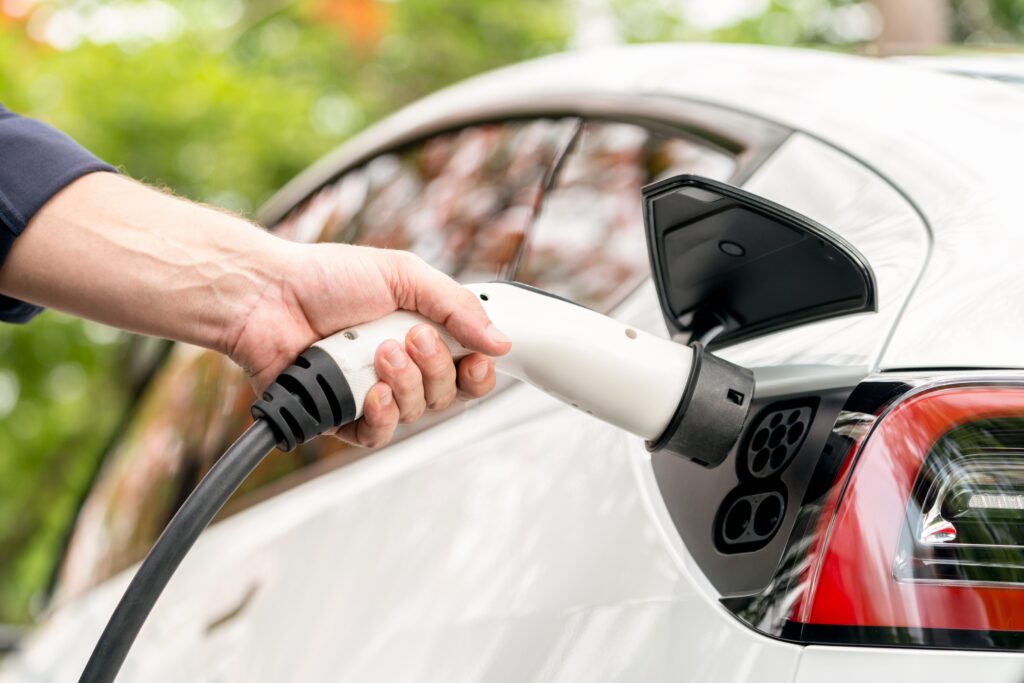Norway’s Electric Revolution
Nine out of 10 new cars sold in Norway are electric. The nation aims for 100% electric vehicle (EV) sales by the end of this year. Norway’s capital, Oslo, is filled with battery-powered cars, making combustion engine vehicles a rare sight. The country’s transformation has been gradual yet revolutionary.
The rise of EVs in Norway began in the 1990s, with early support for local electric car manufacturers like Buddy and TH!NK City. Although these companies closed, the government retained incentives for EVs. Tax breaks, toll discounts, free parking, and access to bus lanes encouraged EV adoption. These measures allowed electric cars to surpass petrol and diesel vehicles on Norwegian roads last year.
In 2024, 88.9% of all new cars sold in Norway were electric, up from 82.4% in 2023. Some months saw EV sales reach 98%, while fossil fuel vehicle sales dwindled. Norway’s approach contrasts with other nations, such as the UK, where EVs accounted for 20% of new car registrations, and the US, where the figure was just 8%.
How Norway Achieved EV Dominance
Predictable, long-term policies have been central to Norway’s success. Rather than banning internal combustion engine (ICE) vehicles outright, the government made fossil fuel cars more expensive with high taxes and fees. Simultaneously, they removed VAT and import duties for EVs, creating a financial incentive to go electric.
The government aims for all new cars to be zero-emission by 2025. Deputy Transport Minister Cecilie Knibe Kroglund believes this goal is within reach, noting that the transition for passenger cars is nearly complete. Strong EV infrastructure also supports this shift, with over 27,000 public charging stations in Norway compared to 73,699 in the UK, a country with 12 times Norway’s population.
Even drivers skeptical of EVs initially, like Ståle Fyen, now praise the switch. He notes that incentives like tax exemptions made EVs more affordable, and Norway’s extensive charging network eliminates range anxiety. For others, like Merete Eggesbø, owning an EV aligns with personal values about reducing pollution.
Lessons for Other Countries
Norway’s EV success stems from strategic policies, public incentives, and accessible infrastructure. Unlike the US and EU, Norway has not imposed tariffs on Chinese EV imports, diversifying options for consumers. Tesla, VW, Toyota, and Chinese brands like MG and BYD are now market leaders.
Christina Bu, secretary general of the Norwegian EV Association, believes Norway’s approach can inspire others. She emphasizes that effective EV adoption depends on tailored strategies for each country’s needs. Despite Norway’s wealth and hydroelectric resources, Bu argues the transition is less about environmental values and more about practical policies and public trust in EVs.
Norway’s experience demonstrates that with consistent policies, strong infrastructure, and public support, even major oil-producing nations can lead the way in electrifying transportation.
